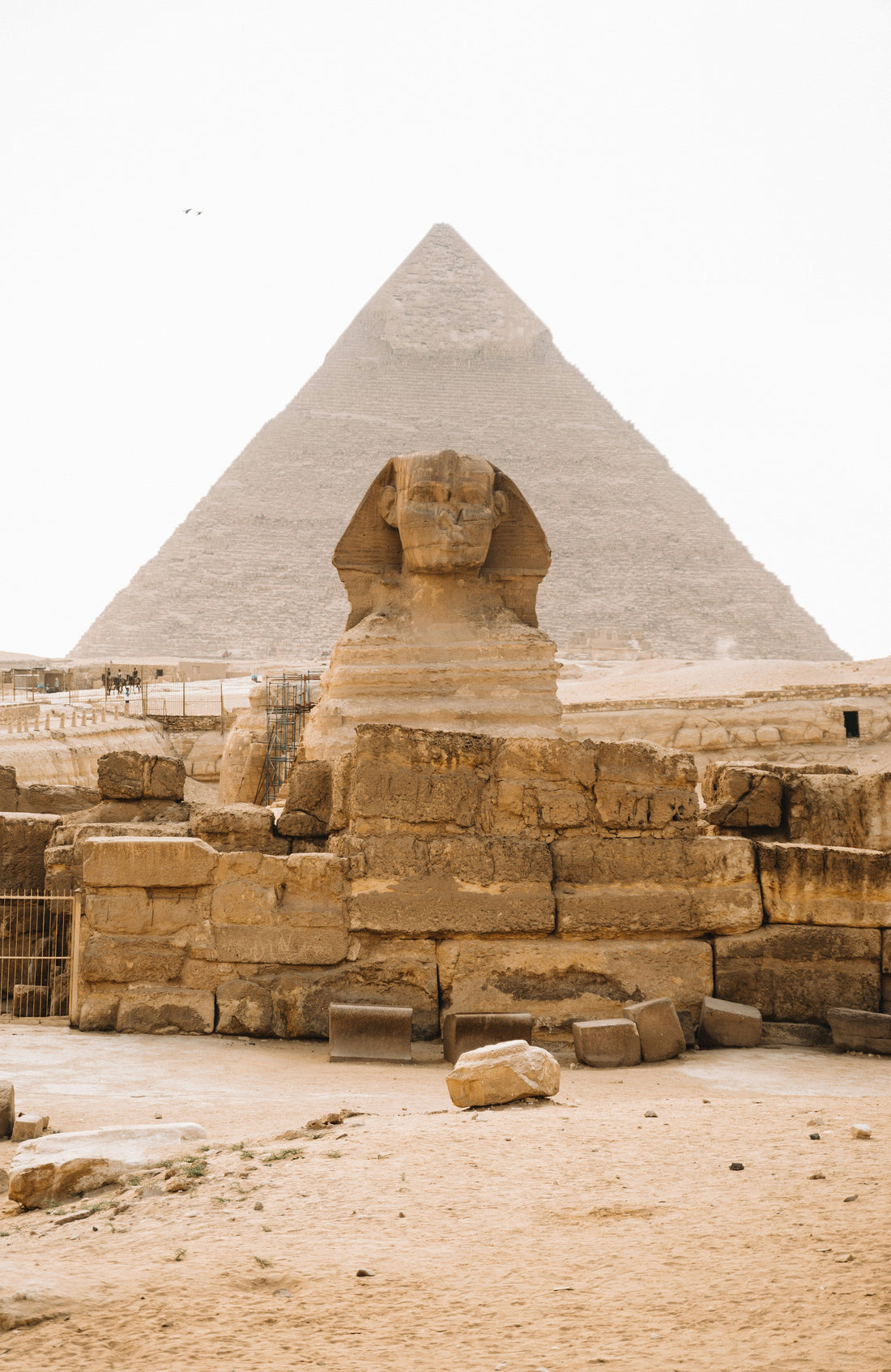
How horses changed ancient Egypt
Share
Horses significantly changed the lives of ancient Egyptians, particularly after their introduction around 1700 BCE, during the Second Intermediate Period.
The Hyksos (a people from western Asia), invaded from the northeast, to the initial detriment of the Egyptians. Equines proved to be the factor giving the invading army the winning edge. The Egyptians, learned a hard lesson but turned it around.
Horses were not native to Egypt, once introduced, they played a transformational role, especially in warfare and elite culture. While the average Egyptian didn’t ride horses (they remained rare and elite animals), their influence on military power, statecraft, and royal image was profound.
Before this, armies fought on foot with spears, bows and axes, making warfare slow and less mobile. This placed them at a serious disadvantage when faced with a horse powered opponent.
Transportation relied on donkeys and boats, making it very time consuming and an economical drawback.

The improvements horses brought to Egypt:
1. Military Power and Chariot Warfare
- Before horses: Egyptian armies relied mainly on infantry and simple weapons.
- After horses: Horses were primarily used to pull chariots, which revolutionized Egyptian warfare.
- Chariots allowed for greater mobility, speed, and shock power in battle.
- The Hyksos, a foreign Semitic people, introduced the horse-drawn chariot to Egypt. The Egyptians later mastered and refined this technology.
-
A typical Egyptian war chariot was lightweight, pulled by two horses, and manned by a driver and an archer.
- Under Pharaohs like Thutmose III and Ramses II, chariotry became central to Egypt’s military campaigns and dominance.
2. Status and Prestige
- Horses were expensive to maintain (not much has changed there!!) and became symbols of royalty, power, and elite status.
- Pharaohs and nobles often displayed chariots, horses, and stable complexes as part of their wealth.
- Royal tombs and temples began to include depictions of horses, often in scenes of hunting or battle.
3. Cultural and Religious Significance
- Horses were associated with divine and kingly power.
- While not as revered as cats or cows, horses occasionally appeared in art and ritual as prestigious animals.
- Some texts and inscriptions emphasized the bravery and strength of horses, especially in battle.
4. Trade and Diplomacy
- Horses became important in foreign diplomacy, often gifted between kingdoms (e.g., Egypt and the Hittites or Mitanni).
- The Amarna Letters (14th century BCE) contain references to horses as part of royal exchanges.
5. Economic and Logistical Shifts
-
Horses required new types of infrastructure:
- Stables, fodder supplies, grooms, and trainers were now essential.
- Egypt had to import or breed horses, especially in military centers like Pi-Ramesses in the Delta.
- Unlike donkeys and oxen, horses were not commonly used for ploughing or load-bearing in Egypt. They were not “working animals” in the agricultural sense—horses were more delicate and expensive to maintain

Horse Training and Care in Ancient Egypt
Stabling and Management
- Royal and military stables were built to house horses near Thebes, Pi-Ramesses, and other key centers.
- Stables were often ventilated, shaded, and kept clean to prevent disease.
- Horses were fed a diet of barley, clover, and hay, and sometimes dates and bread—a luxury!
Trainers and Grooms
- Horses were managed by specialized caretakers—grooms, stable masters, and charioteers.
- Training included:
- Groundwork (leading, standing still, harnessing)
- Desensitization to noise and movement
- Pulling a chariot with increasing loads
- Obedience to reins and voice commands
Chariot Training
- Horses had to be matched in size, temperament, and stride to pull a chariot evenly.
- Elite horses were trained for:
- Speed and endurance
- Quick turns and battlefield maneuvering
- Tolerating archers firing from behind them
Veterinary and Healing Practices
- Evidence (papyrus scrolls, tomb art) suggests basic equine care and possibly herbal remedies.
- Horses were massaged, bathed, and treated for wounds.
- Egyptians knew horses could become lame, colicky, or sick and tried to prevent this through careful feeding and rest.
Horses have dramatically changed the existence of humans since the beginning of time. Without them history would tell a very different story.
They continue to do so today on so many levels.

